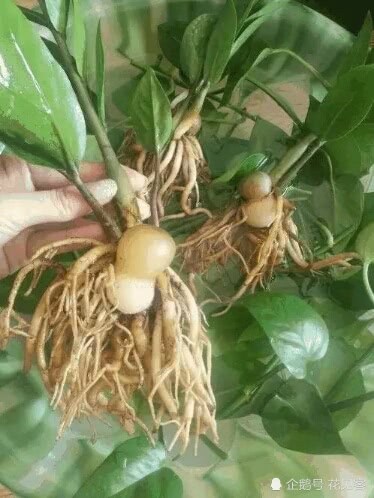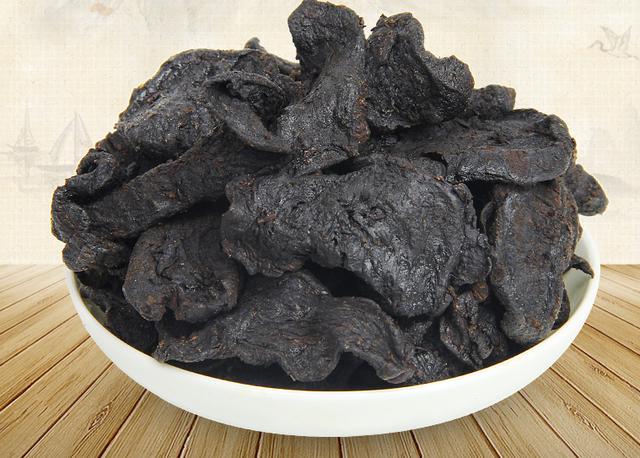The time and method of pulling branches of apple trees

Time and method of apple tree branch pulling
Branch pulling is an important technical link in apple tree production and management, which plays an important role in cultivating good tree shape and solving the problem of ventilation and light transmission.
1 Importance of pulling branches
As an important measure of tree shape modification, branch pulling is helpful to promote young tree formation, adjust tree vigor and branch vigor, slow down vigor and promote flower, improve illumination and improve fruit quality (Fig. 1), which is irreplaceable by other methods in fruit tree pruning.
Fig. 1 Branch pulling promotes young tree formation
2 Time to pull branches
Apple tree branch pulling can be carried out in spring, summer and autumn, and the best time is from mid-late August to mid-late September. At this stage, the branches are soft and plastic, and can change the direction and angle of branches according to needs. In winter, the branches are too fragile, which is easy to cause tree trauma; in spring, the branches are easy to cause more strips on the back, consuming tree nutrition, causing tree shape disorder, affecting flowering and fruiting. Autumn branch pulling can not only improve the light conditions in the tree body, but also control the growth of new shoots, enrich the middle and lower buds, increase the germination rate of the next year, increase the number of short branches, coordinate the vegetative growth and reproductive growth of the fruit tree, and renew the aging branch group. For large branches more than 3 years old, it can be carried out in the middle and late May (i.e. long spring shoots) when the sap flows greatly.
3 Pull branch object
Branch phase index suitable for branch pulling: branch length of more than 1 meter and base thickness of more than 1 cm are appropriate for medium density garden, not too early. Pulled too early, it is easy to cause tree weakness, forming a "small old tree." Pull branches according to the strength of the tree, do "three pull three do not pull", that is, pull upright branches do not pull side flat branches, elongated branches do not pull short branches, pull thick branches do not pull thin branches. For large main branches, not only the main branch, but also the lateral branches of the same main branch, and the lateral branch angle is greater than the main branch angle.
4 Methods of pulling branches
Kneading branches before pulling branches is the key. In order to avoid breaking and breaking branches, we should first move the base of branches before pulling branches, and then open the corners. During orchard management, the method of "one push, two kneading, three pressing and four fixing" is generally adopted, that is, holding the branch and repeatedly pushing it upward and downward, kneading the branch repeatedly, pressing the branch to the required angle and position at the same time, the pressing position should be selected from the middle of the branch to the top 1/3 of the branch tip, and then tying the branch rope or iron wire to the branch. The base angle of the main branch should be controlled at 80 ° ~90 °. For non-backbone branches, they can be horizontal to pendulous according to the space occupied, and the base angle should be controlled at 90 ° ~150°. For perennial, too thick and too large branches, the base angle is too small, not easy to open the angle, it is necessary to use the method of "three saws under the back" to open the angle, that is, in the outer lower abdomen of the branch about 20 cm away from the trunk, saw 3~5 saws 2~3 cm apart, deep to 1/3 of the branch diameter, and flatten the saw surface, and then press down to fix, the saw mouth must be tight, smooth, conducive to wound healing. All branches pulled out should be arranged evenly and reasonably. The upper and lower branches should be arranged in an empty space, and they should be arranged in a wavy shape (Figure 2).
Fig. 2. After pulling, the branches are evenly arranged and undulated
- Prev

If the tree eats some of this kind of root fertilizer, the root system turns to gourd root branch thick leaf green.
Money tree, also known as snow iron taro, is a very rare underground tuber foliage plant, the plant is strong, the leaves are thick and green, it has high ornamental value, and it has the meaning of wealth, wealth and peace, which is deeply loved by many flower friends.
- Next

Technology of large-scale production of prepared slices of Rhizoma Polygonatum
The technology of large-scale production of sliced wine yellow essence function and indications: tonifying blood and nourishing yin, tonifying essence and filling marrow. For blood deficiency, palpitation, irregular menstruation, bleeding, yin deficiency of liver and kidney, sore waist and knees, bone steaming hot flashes, night sweats and spermatorrhea.
Related
- Wuhan Hospital Iron Tree Blooming Result Was Instantly Frightened by the Gardener Master
- Which variety of camellia is the most fragrant and best? Which one do you like best?
- What is the small blue coat, the breeding methods and matters needing attention of the succulent plant
- Dormancy time and maintenance management of succulent plants during dormancy
- Minas succulent how to raise, Minas succulent plant pictures
- What are the varieties of winter succulent plants
- How to raise succulent plants in twelve rolls? let's take a look at some experience of breeding twelve rolls.
- Attention should be paid to water control for succulent plants during dormant period (winter and summer)
- Watering experience of twelve rolls of succulent plants
- Techniques for fertilizing succulent plants. An article will let you know how to fertilize succulent plants.

